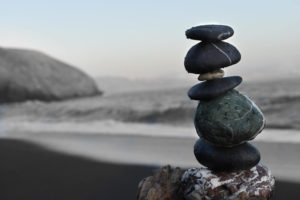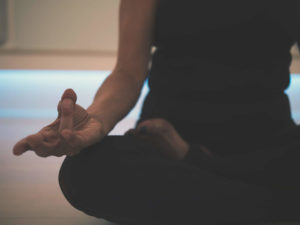Are you feeling tired? Are you ready for a refreshment? You are not the only one. Winter vacations are still months away, and summer holidays are now behind us. It can be depressing to wait for a big vacation.
Focus on daily actions that strengthen relationships and restore balance to recharge your energy. Here are 10 ways you can reenergize and reconnect with your energy.
1. It’s worth the effort to commute to work every day. It’s more than where you work. It’s about who you work with. Our brains are wired to connect. For colleagues to collaborate and brainstorm, establish clear meeting times. In-person meetings are a great way to start projects, evaluate progress, celebrate successes, and debrief on completed initiatives. Always walk around! Take a look at each other to find out what obstacles can be removed and how processes can be accelerated.
2. Make time to have unscripted conversations. As you build trust and mutual understanding, small talk can yield big results. You can learn more about people and their motivations by knowing more. Knowing a little bit about yourself builds trust. Connect as people first at your meetings.
3. It’s okay to take a break from the screen. No matter if you are an introvert, extrovert or both, video calling all day can add an additional layer of exhaustion. Make sure you are clear about the times cameras must be on and make sure everyone follows. If not, let your colleagues and yourself walk and talk over the phone and, if possible, in person.
4. Establish clear expectations. Particularly if you are working in a mixed environment, it is important to separate the “what” and the “where”. Make sure everyone understands what is required. Everyone in the team should be able to identify what “A” means. This will allow overachievers to relax and motivate potential slackers. Once you have a clear picture of what you want, decide where to go.
5. Respect boundaries. Review and adjust expected response times. Identify what is urgent and how to communicate top or immediate priorities. Establish a clear start/end time for yourself and your coworkers, whether you are working in an office setting or remotely. If you’re a manager, you can signal the beginning of the day by sending a quick email saying “Good Morning”, and marking the end of business hours and expectations with a note saying “Thanks for your support.”
6. Problem solving can be done together. Although you might feel comfortable working alone, science has shown that people who work together have a better quality mood and are more creative. Finding solutions and using our talents are great sources of happiness. Always be willing to help and ask for it.
7. Encourage others to grow. Watching others is the best way to learn. Even if we aren’t aware, we observe and model the behavior of others around us. Your energy, experience and, hopefully, humor will help your coworkers thrive. Your unique talents can be validated by contributing to the growth of your coworkers. Ask yourself, “How can you help me shine?” No matter your rank or seniority, your contribution to building a positive environment by supporting the success of your coworkers is important. Generosity can be contagious.
8. Find the why. Remember why your work is important to you and others. Ask your coworkers about their “why”. Connecting around shared purpose fuels energy and gives meaning to even the most mundane tasks.
9. Talk about the difficult things. It’s possible that your colleague also feels the same way. Instead of sulking in negative psychological spaces, speak up. Start a conversation and ask your question by saying “I’m wondering if you feel X too.”
10. Celebrate. Review the highlights of the week to end it. A quick thank you to those who have supported your success. Appreciation fuels institutional success. Everyone can feel better if they express and receive gratitude.






